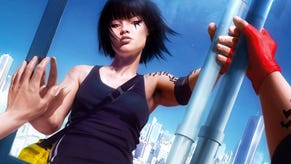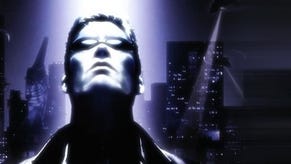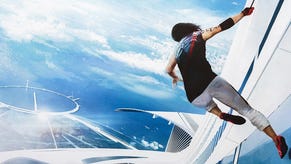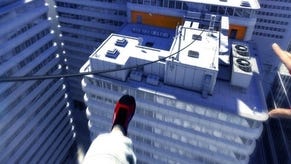Retrospective: Mirror's Edge
Fun run.
Until five or six years ago, I had never heard of Parkour. My sister, a professional in the field of athletic strength and conditioning, first described it to me as something of a balletic aerobic sport with all the complexity and conditioning of a martial art -one used for clambering up the side of a building in seconds, or clearing two-story jumps without any messy bone breaking.
I still remember how incredulous I was when she acquainted me with David Belle videos on YouTube: this was astounding, real-life vertical platforming, performed by an actual flesh-and-blood human being. How was it even possible for someone to manipulate their body like that?
Even today, it's still marvellous to watch these type of athletes effortlessly Nate Draking-themselves up or across or through urban infrastructure, unhampered by either physics or basic human limitation.
It didn't take long for the art (I don't know how else to classify it) to develop a greater pop-cultural presence. It appeared in Luc Besson's District B-13 (which starred Belle) and 007 reboot Casino Royale, and played a part in the core design for Assassin's Creed.
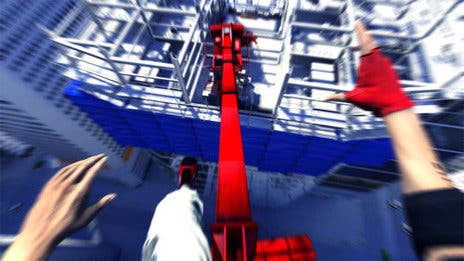
Yet it wasn't really until Mirror's Edge came along that gamers got their first (and really, only) taste of a game which completely embraced this so-called art of movement.
DICE took the template of a first-person shooter and created a game that was less about the worn, combative conventions of the genre and more about running. The result was an experience as striking as it was divisively original. Still, when the first reviews hit, it was obvious that a lot of people didn't really "get" it.
Probably my favorite complaint about Mirror's Edge from these types is the harping on about the shooting mechanics. You've probably heard the criticisms: The guns feel too heavy. They're clunky and inaccurate. Shooting isn't fun. The game is too hard.
These are somewhat ancillary to the other gripes about the game's trial-and-error design and what is sometimes frustratingly vague linear path. Whinges like these miss the point; Mirror's Edge is about as much a first-person shooter as Portal is, and the supposed inability to find your way through any given scenario is little more than a blithe dismissal - whether intentional or not - of the game's true design strength.
I won't argue that Mirror's Edge is an easy game. Its level layouts and learning curve require you to flex your mental muscles within the game world in order to figure out just how the heck you're going to scale what seems to be an impossible height, or sprint through an army of Blues with as little direct confrontation as possible.
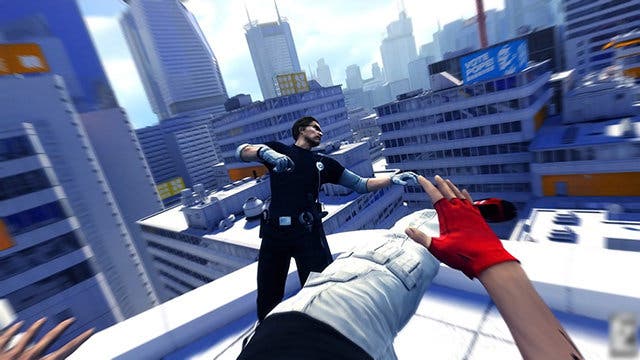
But if you're treating it like a first-person shooter (for anything other than a speed run) and ignoring its conceptual basis - and therefore the fact it's an experience based around the Parkour's tenets and the mantra of momentum - well, you're doing it all wrong.
This probably isn't apparent to most players at first, although it should be. Unlike more typical first-person fare, Mirror's Edge doesn't just put a gun in your hand and send you on your merry way. (In fact you will never have a gun with you unless you forcibly take one from an enemy.)
Instead you're treated to an obstacle course set across the stark, monochromatic rooftops of the sprawling urban dystopia that is the alpha and omega of Mirror Edge's world.
As a Runner, Faith is an underground information smuggler. She constantly skirts the totalitarian law and its omnipresent philosophy of censorship; it makes sense that these network "criminals" would function and operate between the cracks of society, in remote places that are easiest to quickly navigate and move through on foot.
